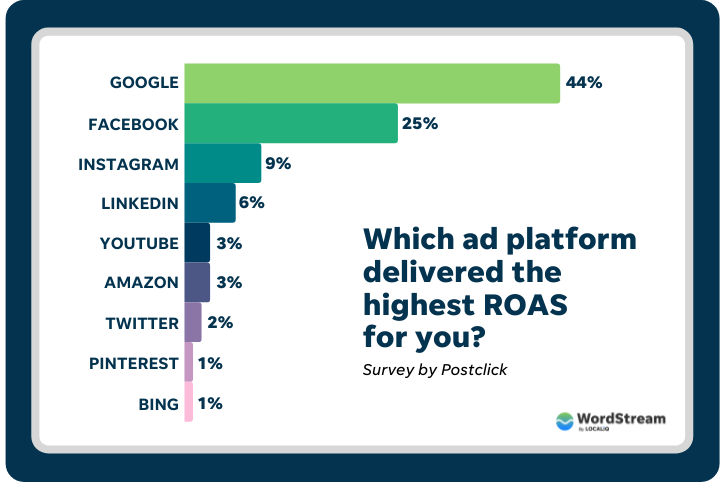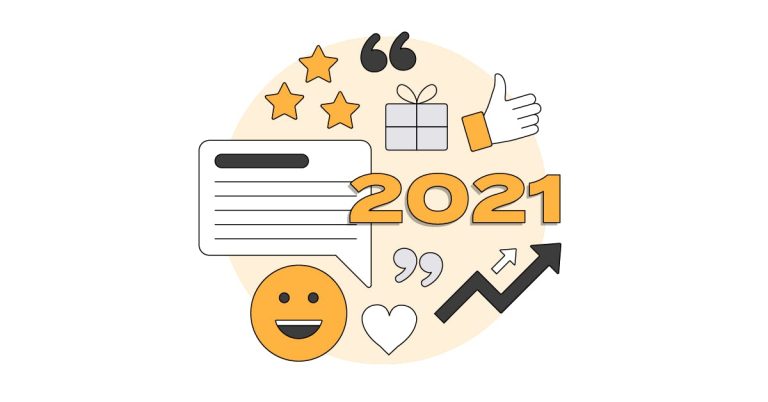ReactJS allows a web page to update without reloading. Here’s an example. Say you view photos on Facebook of a friend’s vacation. While viewing, you notice the image’s like count increases without refreshing the page. That’s because of ReactJS. It creates fast and interactive user experiences.
“Ask an Expert” is an occasional feature where we pose questions to ecommerce practitioners. For this installment, we’ve turned to Rajesh Bhimani, founder Skynet Technologies, a web development firm specializing in ecommerce, web, and mobile apps. He addresses the purpose and popularity of ReactJS.
ReactJS syncs with other frameworks. With less coding, the development process becomes smooth and productive. A strong React community provides immense support.

Certainly many options and frameworks were available in 2011 to enhance the front-end of an application. But React did it cleaner and better.
Roughly 7 million websites now use ReactJS, as do most web developers. Instacart, Netflix, Airbnb, Instagram, The New York Times, Salesforce — all use ReactJS.
The benefits of React include:
Practical Ecommerce: What is ReactJS?
Rajesh Bhimani
- Web and mobile app development. ReactJS code works on web and mobile apps.
- Less coding. React enables the creation of dynamic web applications quickly, without complex coding.
- One-way data flow. React nests child components within the parent. Unidirectional or one-way data flow means errors are easily located for quicker debugging.
- Easy learning. React combines basic HTML and JavaScript.
- Easy debugging with dedicated tools. For example, Facebook has released a Chrome extension to debug React applications.




![[Feature] Pre-viewing Your Variations in Any URL](https://research-institute.org/wp-content/uploads/2022/09/feature-pre-viewing-your-variations-in-any-url.jpg)


